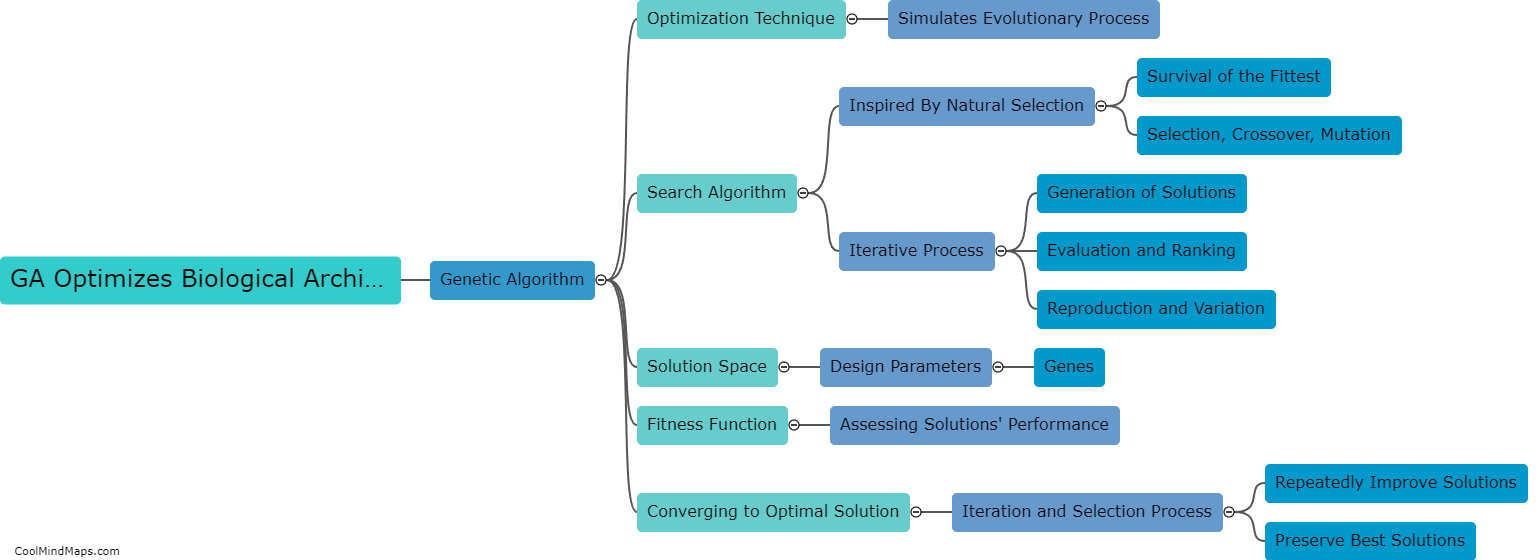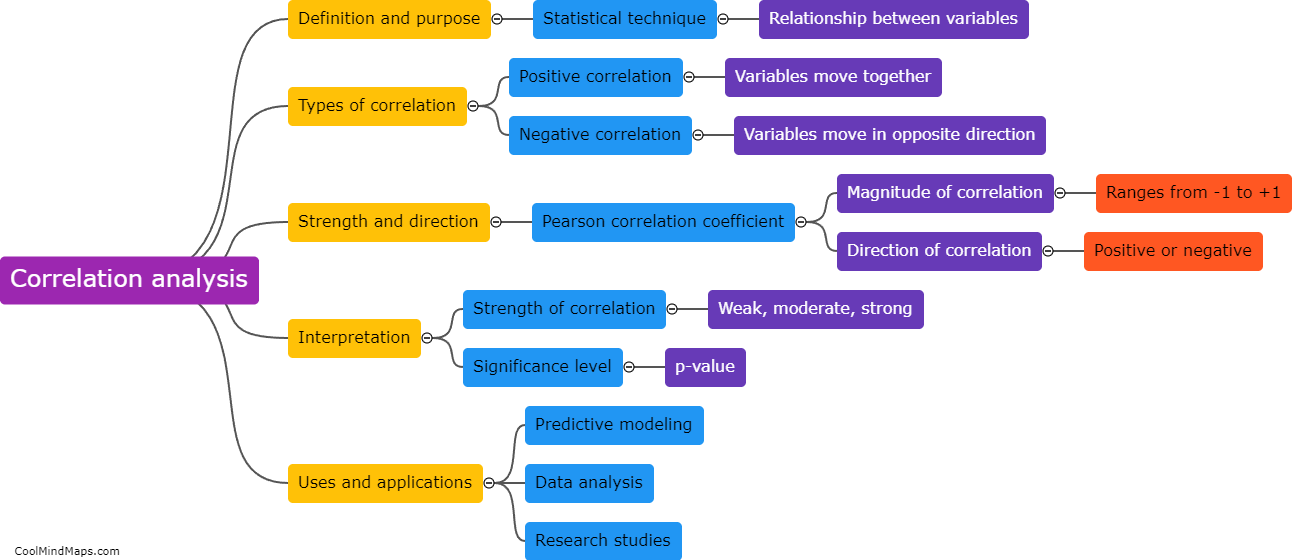How does genetic algorithm optimize designs in biological architecture?
Genetic algorithms (GAs) are computational optimization techniques inspired by the process of natural selection. They are extensively used to optimize designs in the field of biological architecture. In this context, genetic algorithms mimic the principles of evolution to find optimal solutions for architectural designs. Initially, a population of potential designs is created, and each design is represented as a set of parameters or genetic code. These designs are evaluated based on desired performance metrics, such as structural stability or energy efficiency. The genetic algorithm then applies natural selection through processes like mutation and crossover to generate new designs that inherit the best traits from their parent designs. This iterative process continues until an optimal design, or a close approximation, is discovered. By simulating the principles of natural selection and evolution, genetic algorithms provide a powerful tool to optimize designs in biological architecture, leading to innovative and efficient architectural solutions.

This mind map was published on 19 November 2023 and has been viewed 94 times.











